Ernő Schannen was born in 1853 in Perjámos [today Periam, Romania], Torontál County. His father, who was a timber manufacturer and merchant, served in József Bem's army during the War of Independence. He completed his primary and secondary schools in Szeged and Buda, then obtained a diploma in architecture at the University of Zurich. After returning home, he worked in Miklós Ybl's architectural office for four years, during which time he participated in the design of the Saint Stephen's Basilica and the Castle Garden Bazaar.
He completed his military service in 1878 as a first lieutenant during the invasion of Bosnia and Herzegovina. Upon his return, he was first employed by Mór Kallina and then Alajos Hauszmann, where he spent eight years. At that time, he became independent and opened his own architectural office at 8 Kerepesi Road. One of his first and best-known works was the National Hotel on Blaha Lujza Square, at 4 József Boulevard, which is still in operation today.
Róbert Rémi (1833–1907), one of the influential businessmen of Pest, was Schannen's client. He was originally a starch factory owner, but founded a wood processing plant, bought and built houses, and then became a hotel owner. From 1885, he operated the National Hotel under 9 Váci Street. The owner named the new hotel opposite the People's Theatre in 1895 simply Hotel Rémi.
-page-001.jpg)
The facade of the hotel from the 6 October 1897 issue of Építő Ipar
It got its current name in 1929, certainly due to its proximity to the building then known as the National Theatre. This is how Róbert Rémi presented the results of Ernő Schannen's work - of course in the first person singular - to the audience of the capital in his guidebook Hugó Ilosvay Magyarország és az ezredéves ünnepély [Hungary and the Millennium Festival], published in 1896: "With deep respect, I invite you to my new hotel which was built fulfilling all the needs of our time. The Rémi-hotel is a first-class hotel in the very centre of the capital, opposite the people's theatre, directly connected by tram and horse railway to both the eastern and western railway stations, and also to every single point of the capital. I have arranged a grandiose café and dining room for the hostel, each of which is of the highest standard of its kind. I took care of tastefully furnished salons particuliers, as well as a very elegant outdoor dining terrace. The hostel's rooms are furnished with great comfort and luxury, the so-called English bathroom (constantly hot and cold water), electric lighting, central steam heating, etc. The hotel also has an elevator and bathrooms. The ground floor is decorated with a beautiful conservatory."
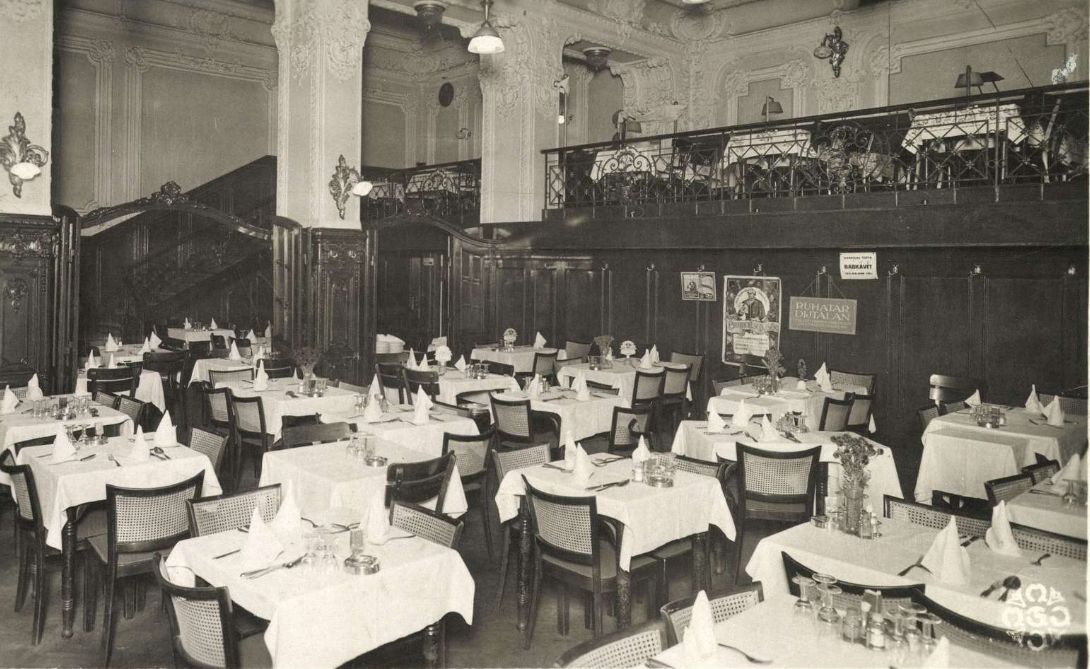
The restaurant of the National Hotel around 1930 (Source: Ferencváros Local History Collection)
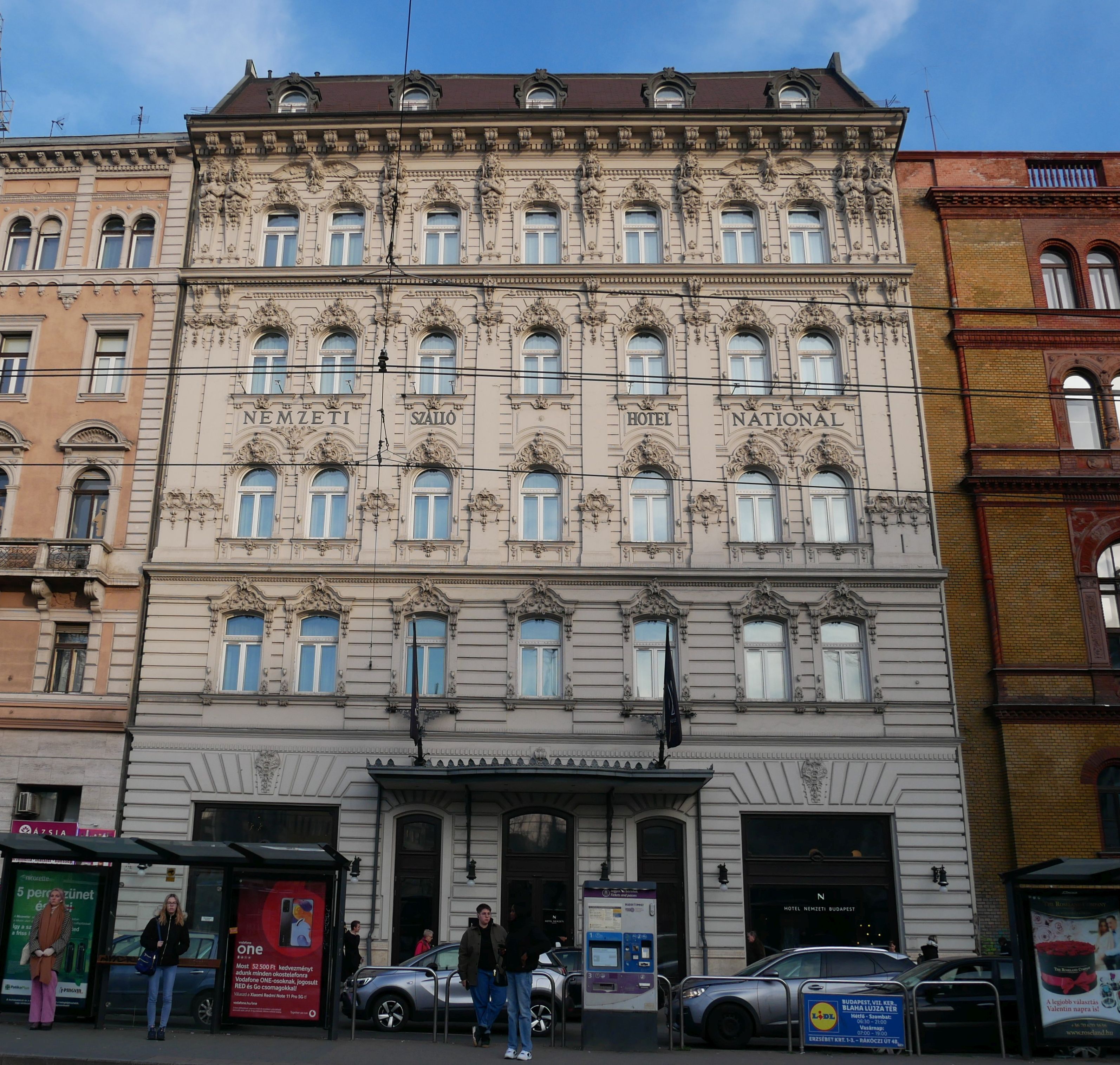
The hotel nowadays (Photo: Tímea Simon)
Ernő Schannen's other large-scale work in Budapest was built on Szabadság Square in 1901. The plans for the Neo-Renaissance-style residential house on the plot bordered by Honvéd Street – Szabadság Square – Vécsey Street were commissioned by Antal Deutsch (1853–1903), journalist, economist, and chief employee of the German-language newspaper Pester Lloyd. The most striking part of the facade of the large, four-story building is the tympanum, which displays the first public statue of Lajos Kossuth in Budapest. In addition to the figure of Kossuth, sculptor Károly Fleischl also sculpted figures of Petőfi, Vörösmarty, József Eötvös, and Áron Gábor. The only flaw of the well-composed work is that the figures are difficult to make out from street level.
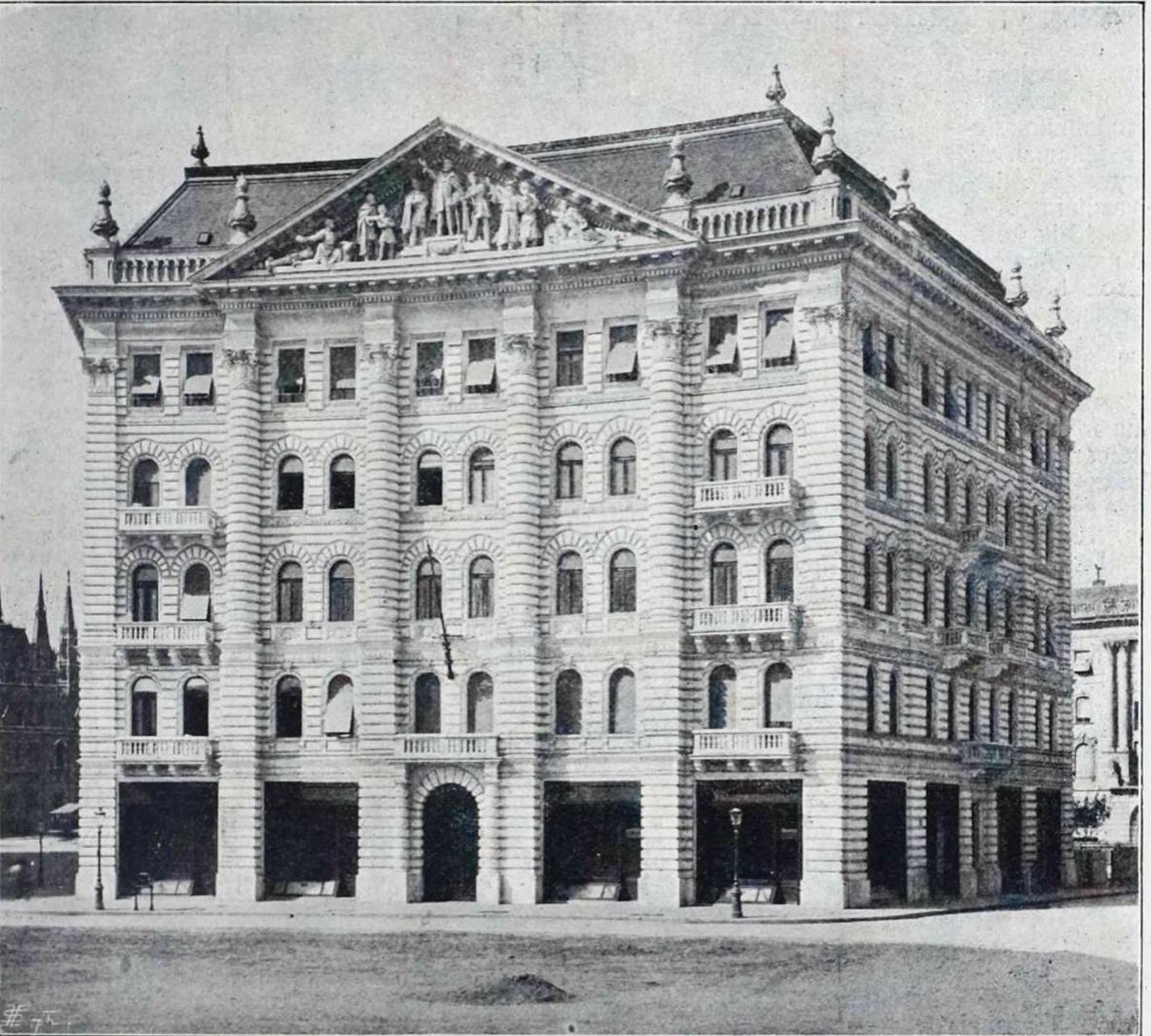
Photo of the Deutsch Palace from the 20 April 1902 issue of Magyar Géniusz
.jpg)
The Deutsch Palace today as a bank headquarters (Photo: Tímea Simon)
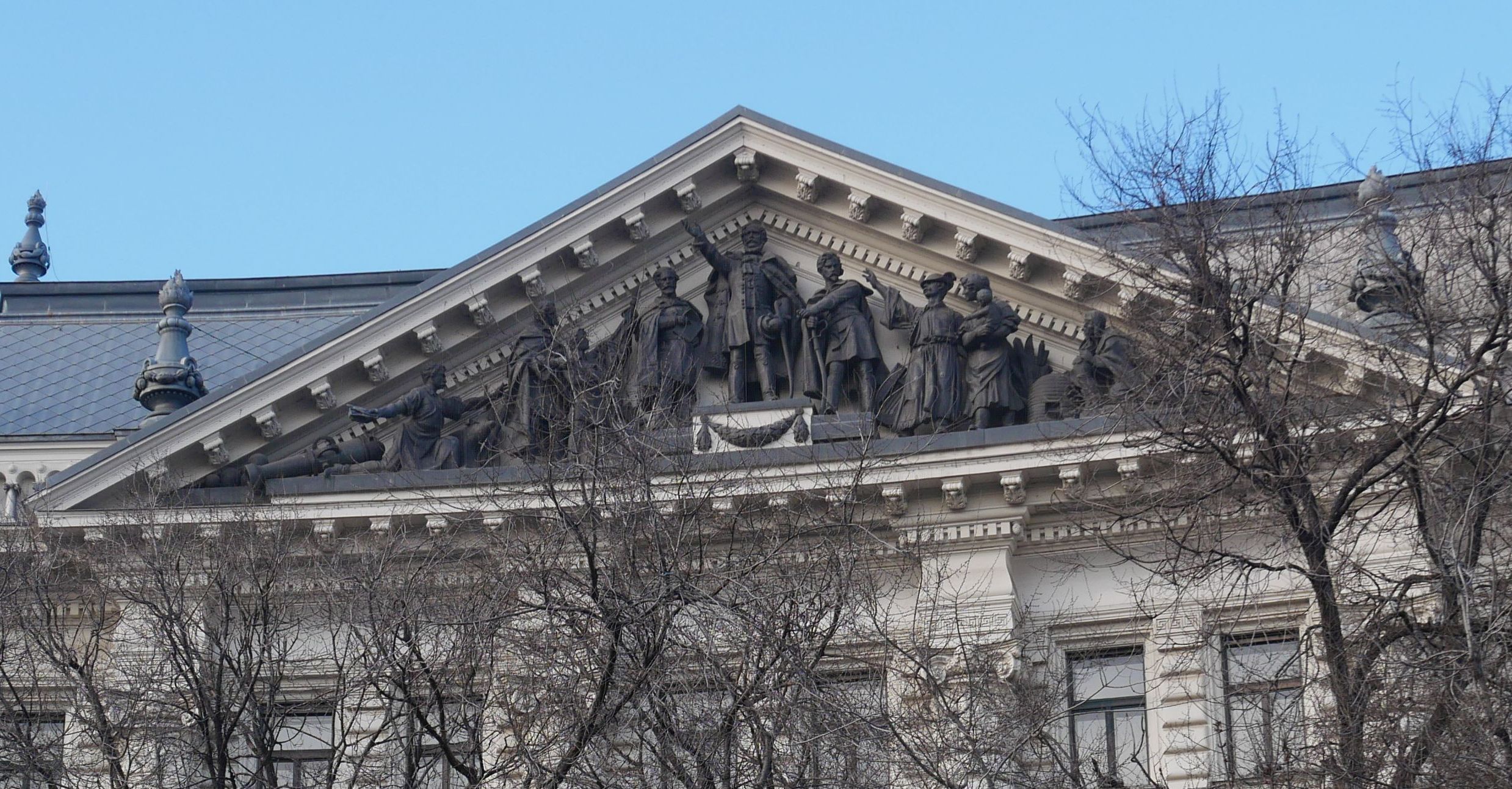
A closer look at the sculpture group (Photo: Tímea Simon)
In 1903, Schannen designed two large apartment buildings at 14 Károly Boulevard and 9-11 Üllői Road, and the following year, his son Arthur also joined the architectural firm. From then on, the two noted the works, of which there were more and more.
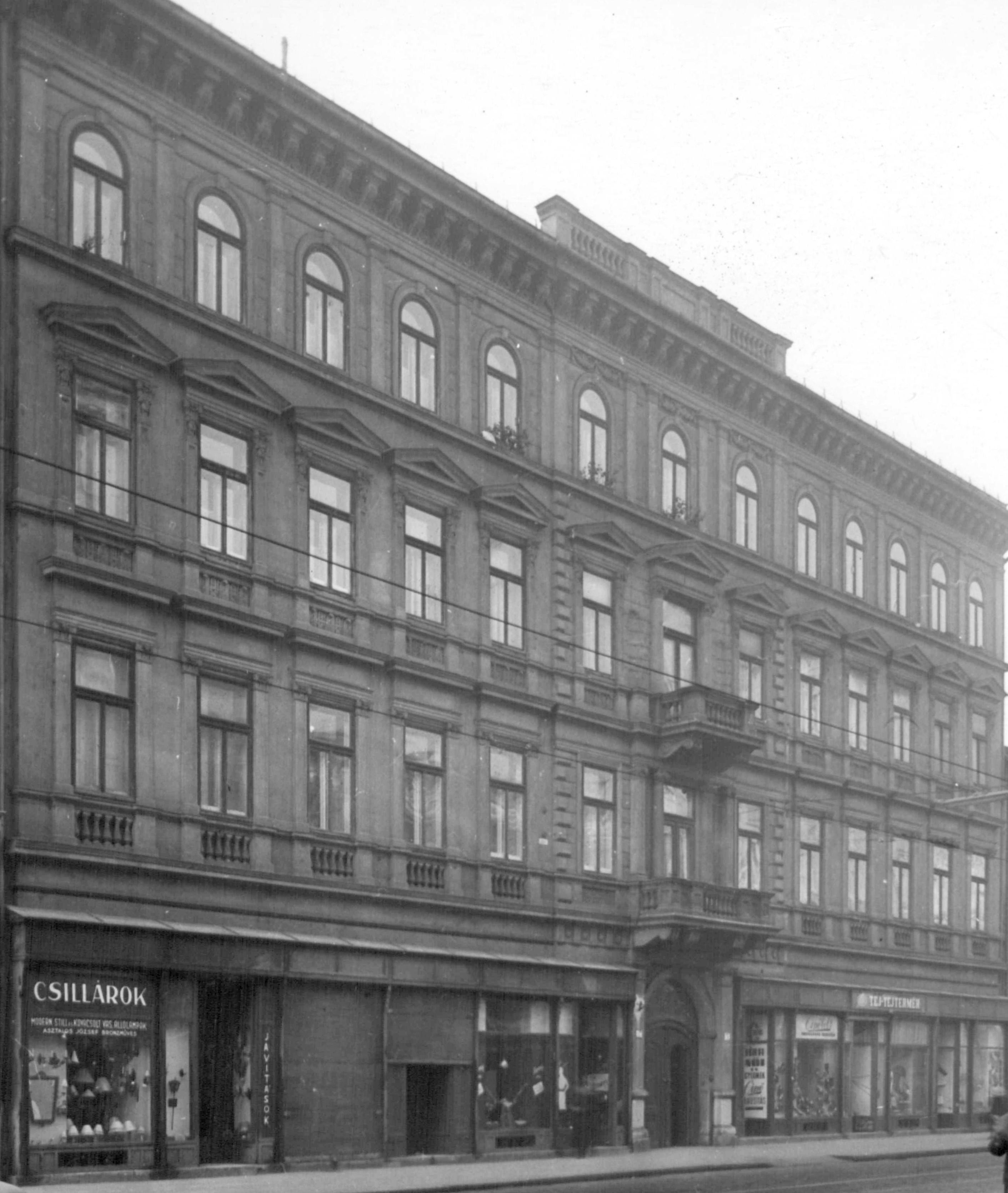
Residential house at 9-11 Üllői Road in 1961 (Photo: Fortepan/Budapest Archives, Reference No.: HU_BFL_XV_19_c_11)
.jpg)
Residential house at 73 Rákóczi Road in 1957 (Photo: Fortepan/No.: 3553)
Plans for more than twenty residential houses were drawn up until 1910, almost all of which were built at the city's busiest junctions. On Rákóczi Road, Üllői Road, Fővám Square, Attila Road, Váci Boulevard (Bajcsy-Zsilinszky Road) they dreamed of buildings with a large floor area, primarily in the Neo-Renaissance and Neo-Baroque styles, but towards the end of the decade several houses, mainly French courtyards, were built on which Ernő Schannen's individual style was also shown. Residential houses at 38–40 Ráday Street, 6 Boráros Square, 7/A–B Angyal Street or 2–3 Fővám Square show a clear form of Hungarian Art Nouveau.
Among these buildings, the one on Fővám Square is perhaps the most striking. The large floor area rooms behind the ground floor portals provided the conditions for the operation of a restaurant or wholesaler. The balconies on the second floor are truly unique, the resident can exit the apartment in two directions. The balconies on the third floor are much smaller, but also have a unique design. Behind the large windows on the attic level, studio flats awaited potential visual artist tenants. The French courtyard, which provides access to the individual parts of the building, gives the house a special atmosphere. The building's literary connection is due to Zsigmond Móricz, who lived in the fourth-floor apartment of his second wife, Mária Simonyi, between 1926 and 1938 when he was in Pest.
.jpg)
House at 2–3 Fővám Square in February 2023 (Photo: Tímea Simon)
.jpg)
House at 2–3 Fővám Square in February 2023 (Photo: Tímea Simon)
.jpg)
In the French courtyard, the stone fence of the basement entrance serves as a separate decoration (Photo: Tímea Simon)
.jpg)
Memorial plaque on the wall of the house at 2–3 Fővám Square (Photo: Tímea Simon)
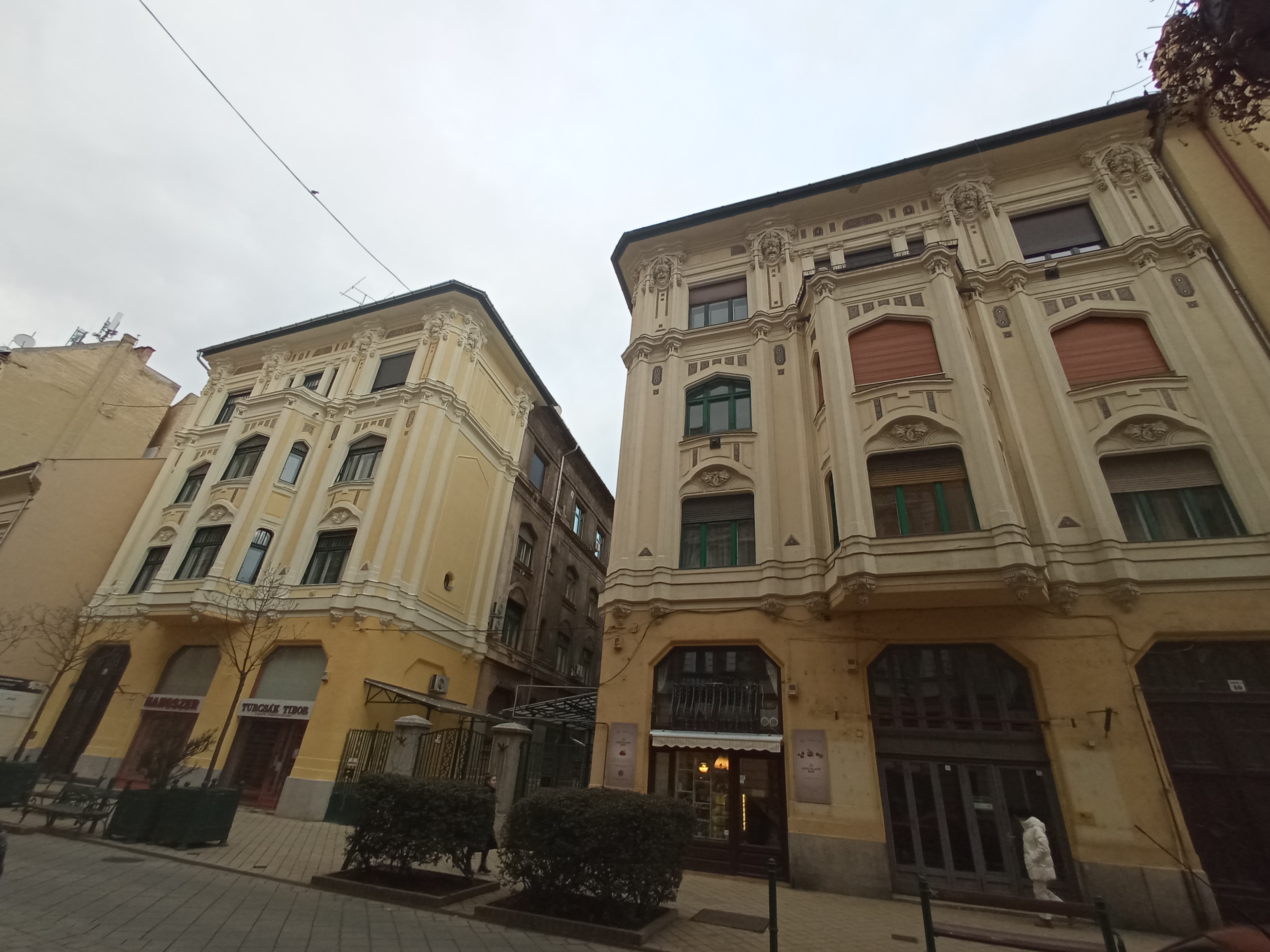
House at 38–40 Ráday Street today (Photo: Tímea Simon)
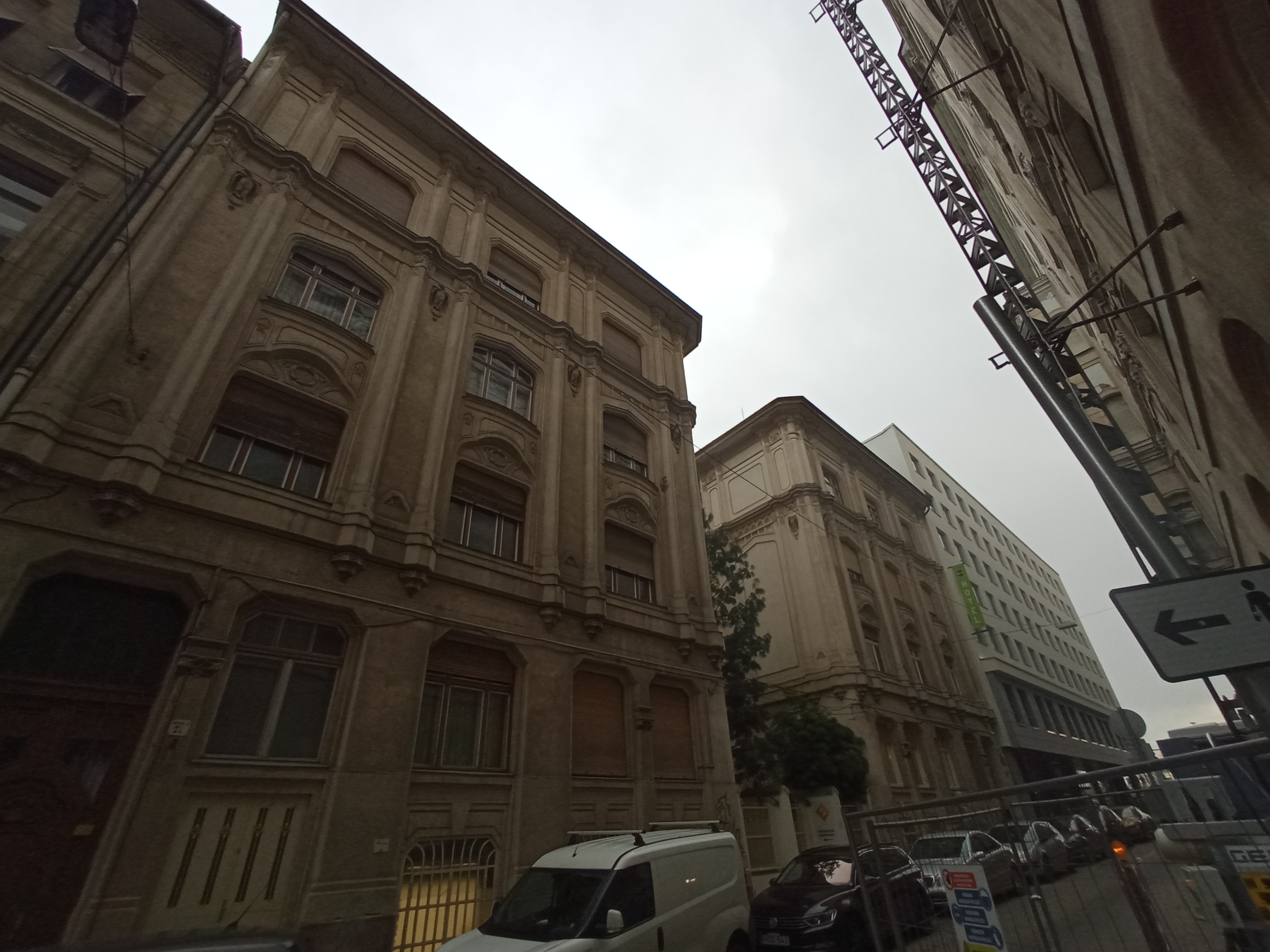
Building at 7AB Angyal Street today (Photo: Tímea Simon)
In addition to architecture, Ernő Schannen was also involved in literature: he wrote and translated poems in German and Hungarian. His comedy Kinizsi Pál (1912) was not performed but was published in book form. His name was also known in the profession as the inventor of several drawing and measuring tools that aided the work of architects. Shortly after his death in 1916, his son Arthur moved to the United States. However, the members of the Schannen family who remained at home can be proud of their architect ancestors, as their works have decorated our capital ever since.
Cover photo: house at 2–3 Fővám Square (Photo: Tímea Simon)

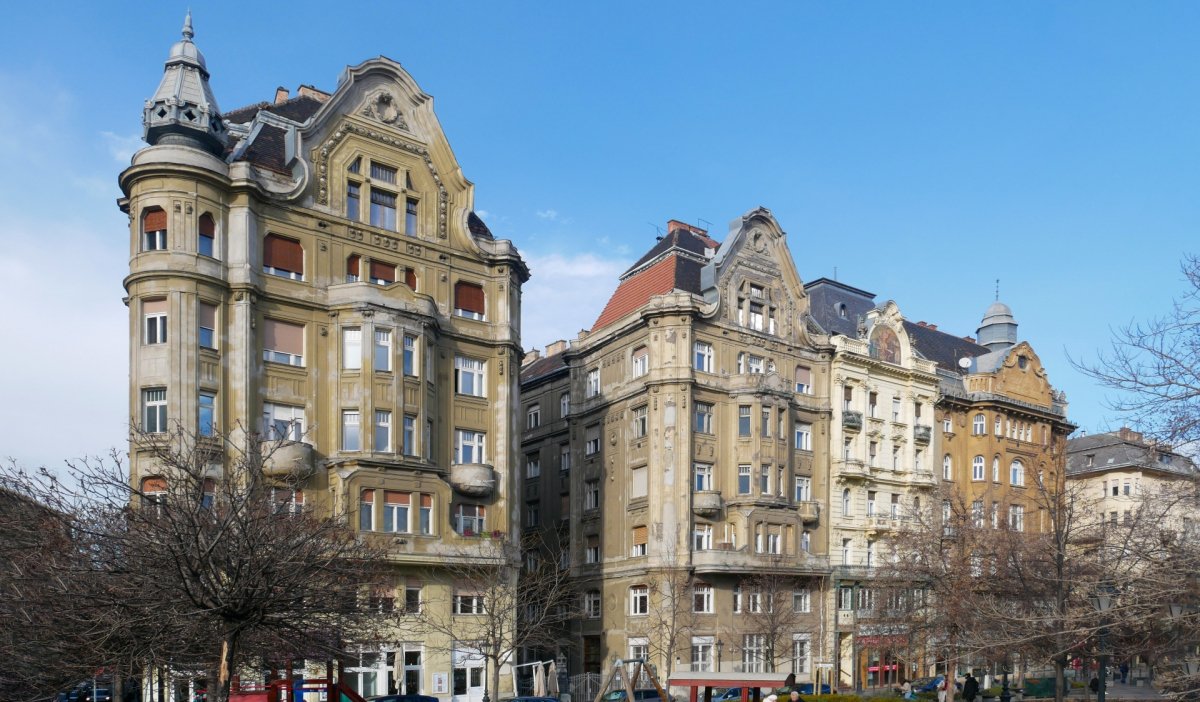


































Hozzászólások
Log in or register to comment!
Login Registration